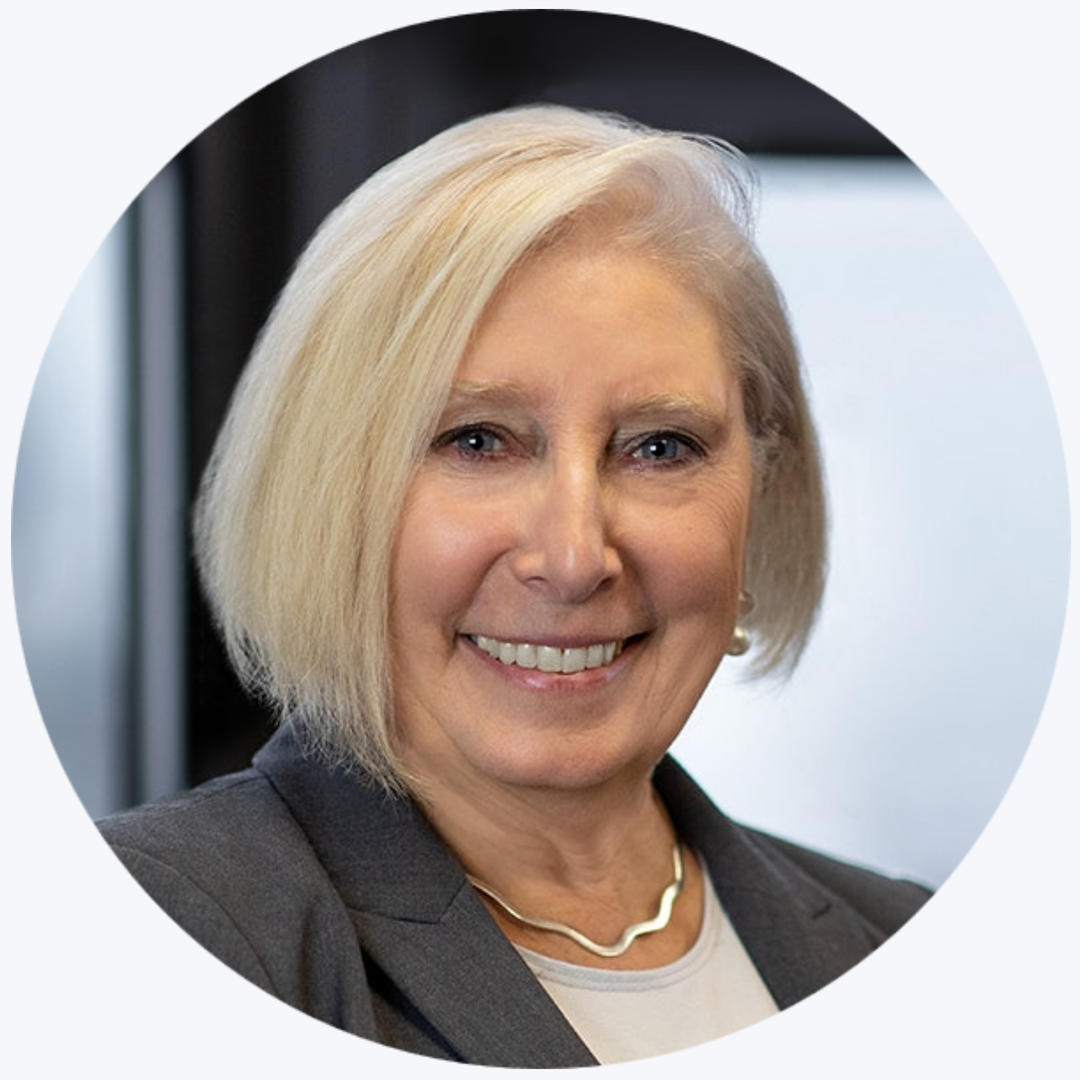We all know that organizations, both for-profit and non-profit, are comprised of individuals with varying ideas, strengths, opinions and backgrounds. Our organizations are also made up of diverse racial and ethnic backgrounds, different religious and political beliefs, and different sexual identities such as gay, lesbian and transgender. Different styles, needs, attitudes, and work ethic are manifested differently by employees of different workplace generations (baby-boomers, gen-x’ers, millennials and generation Z, who are just joining the workforce). Strong organizations know the value of such diversity.
But what happens when ideas, opinions and experiences clash? The organization becomes unbalanced. The internal and external differences become strained and can become destructive to the business’ core values and strengths. Employee dissatisfaction abounds.
The leader who recognizes the importance of conflict resolution is a leader who understands the value of building strength from within, but to do so, one needs to be aware and mindful of the conflict and the need to resolve it.
How do successful CEOs and other leaders manage conflict that challenges the business each day? Do we listen to what our colleagues and subordinates are saying as they voice their opinions? Or are we quick to be dismissive? Are we thoughtful and encouraging in hearing differences of opinions, do we embrace what makes sense, and are we willing to try new ideas? I am not talking about costly project ideas that need time and thought and careful planning. I am talking about day-to-day interactions, that lead the organization to a knowing understanding that differences in the workplace are respected if they are expressed in a respectful way.
Everyone in an organization—from the receptionist to the CFO—wants to feel valued. If differences in the workplace are respected, individuals will be more willing to express support for leadership and accept the difficult policy decisions that leadership must make, especially in times of crisis such as we are now facing with COVID-19. We do not know when this pandemic will end. This uncertainty will continue to create significant financial and emotional challenges for our employees, our clients, and others with whom we work. How an organization rises to meet that challenge will depend, in large part, on how the organizational leader responds to differences and works to resolve conflicts before they become fractures that are too severe to repair.
Leaders need to be mindful as to how we receive others’ differences as well as differences of thought and opinion. An openness—a mindfulness—and a sincere effort to listen and find alternative, creative approaches to reaching the same result is a cornerstone of a strong organization. These leadership traits will enable employees to pull together in support of the organization in times of difficulties. Employees are overworked. Employees are working under new and sometimes less than ideal conditions. And employees are worried about their future. All ripe conditions for fostering conflict. Strong and thoughtful leaders must manage the conflicts that arise.
Let’s say that an employee knows that the new workplace policy is that she must wear a mask at all times when in the office, unless working alone in a separate office with the door closed. However, after a few hours, she tires of wearing the mask, she can feel her makeup sweating, and she removes her mask and keeps it off even as she comes in contact with others. Some other employees then follow suit, thinking, “if she can do it, so can I.” The enforcement of the policy is already unraveling when two different employees walk down the hall, see the employees without masks, and now are so upset they complain, feeling unsafe, vulnerable, and unnecessarily exposed.
A leader can chastise and discipline the non-compliant workers. But, what has that really accomplished on a first offense of a new policy? It likely creates more workplace tension, resentment of the rule, resentment of the co-workers who complained, and resentment of authority. Instead, you can talk to the offending employees in a private setting, listen to why the employee disregarded the rule, empathize with her, and also create empathy for the employees who have felt unfairly exposed and at risk. Spend time helping her understand that safety in the workplace is a concern for all, including her own safety. Let her understand that her actions had the effect of creating non-compliance by others, resulting in a disruption of the workplace. Treat this discussion as a verbal counseling so she not only knows the rule, but understands the reasoning for the rule and understands that her compliance is necessary. She may even offer to apologize to the others for her lapse in compliance.
As a leader, there are many things you can you do to manage conflict. CEOs can instill a sense of respect for others and their opinions from the top down and throughout the organization. Your manner of speaking is important in setting the tone. The successful CEO will listen and empower those who manage others within the organization to do the same. Encourage and support others with patience and empathy.
And, finally, lead from the heart as well as from one’s experience.
If the business or organization finds that the conflict appears unresolvable, or the business is faced with litigation, seek out a trained and experienced mediator to assist you in resolving the dispute. Hurwitz & Fine, P.C. has three certified and experienced federal court mediators available to assist you in resolving your conflict.


